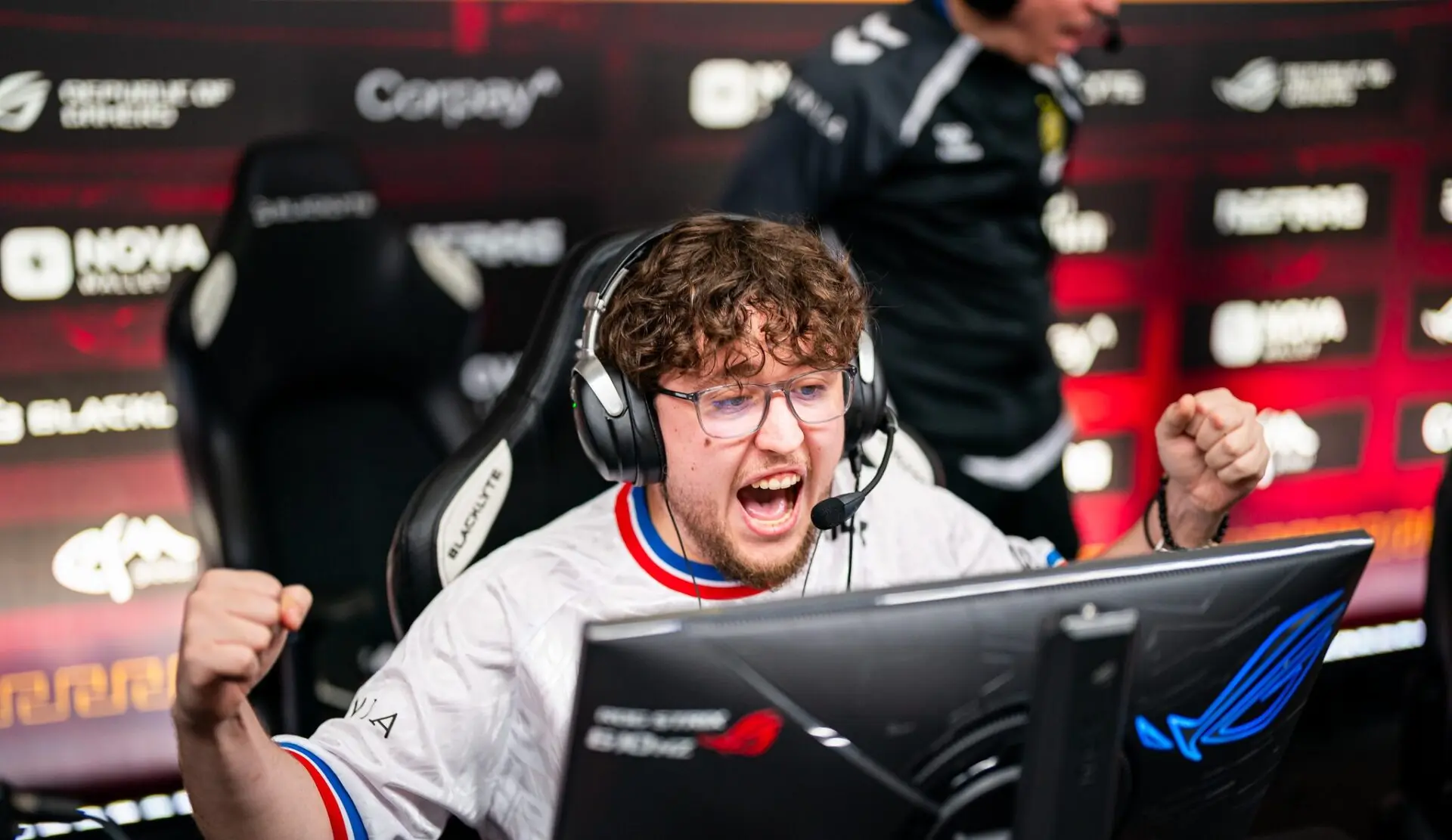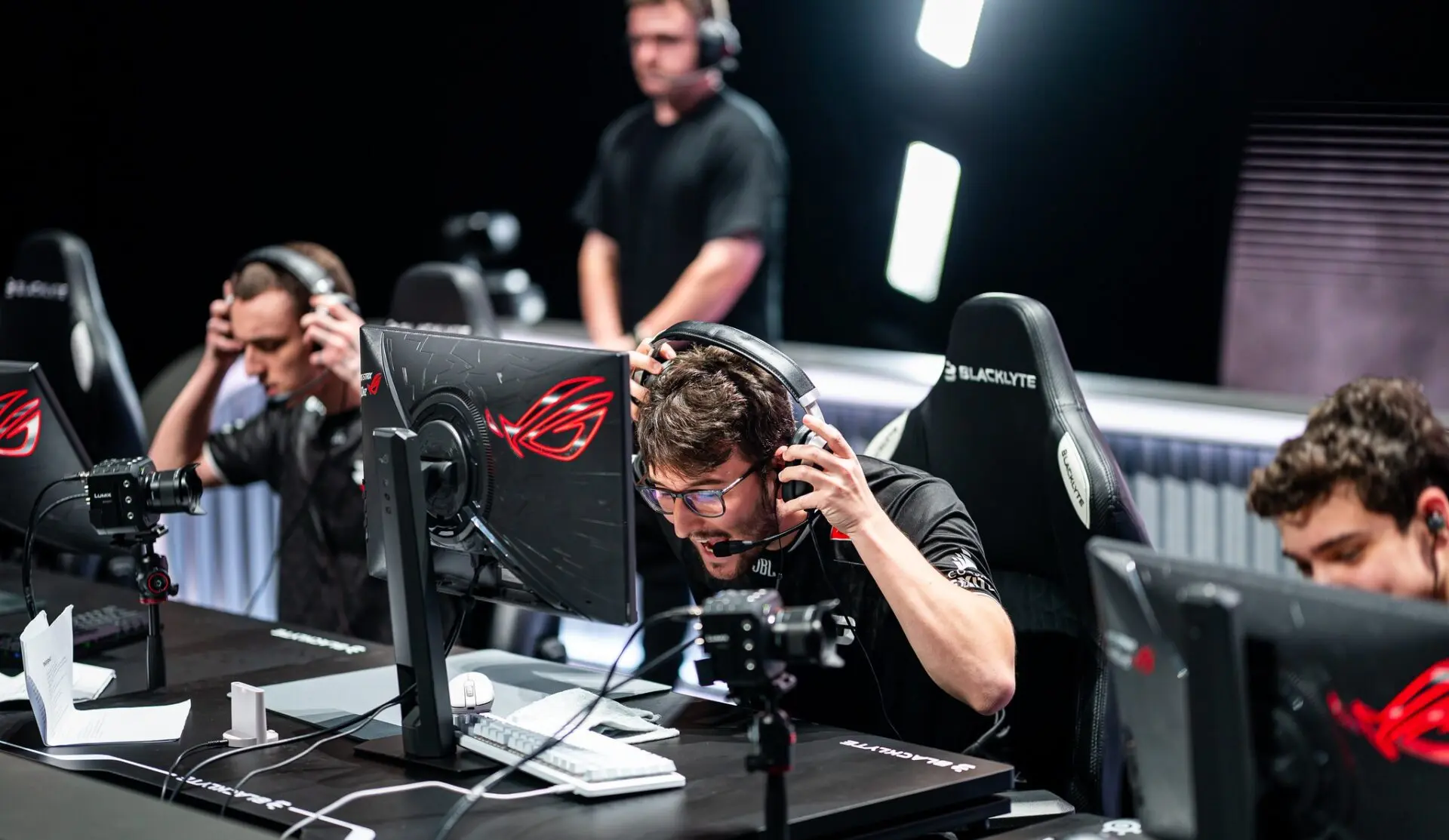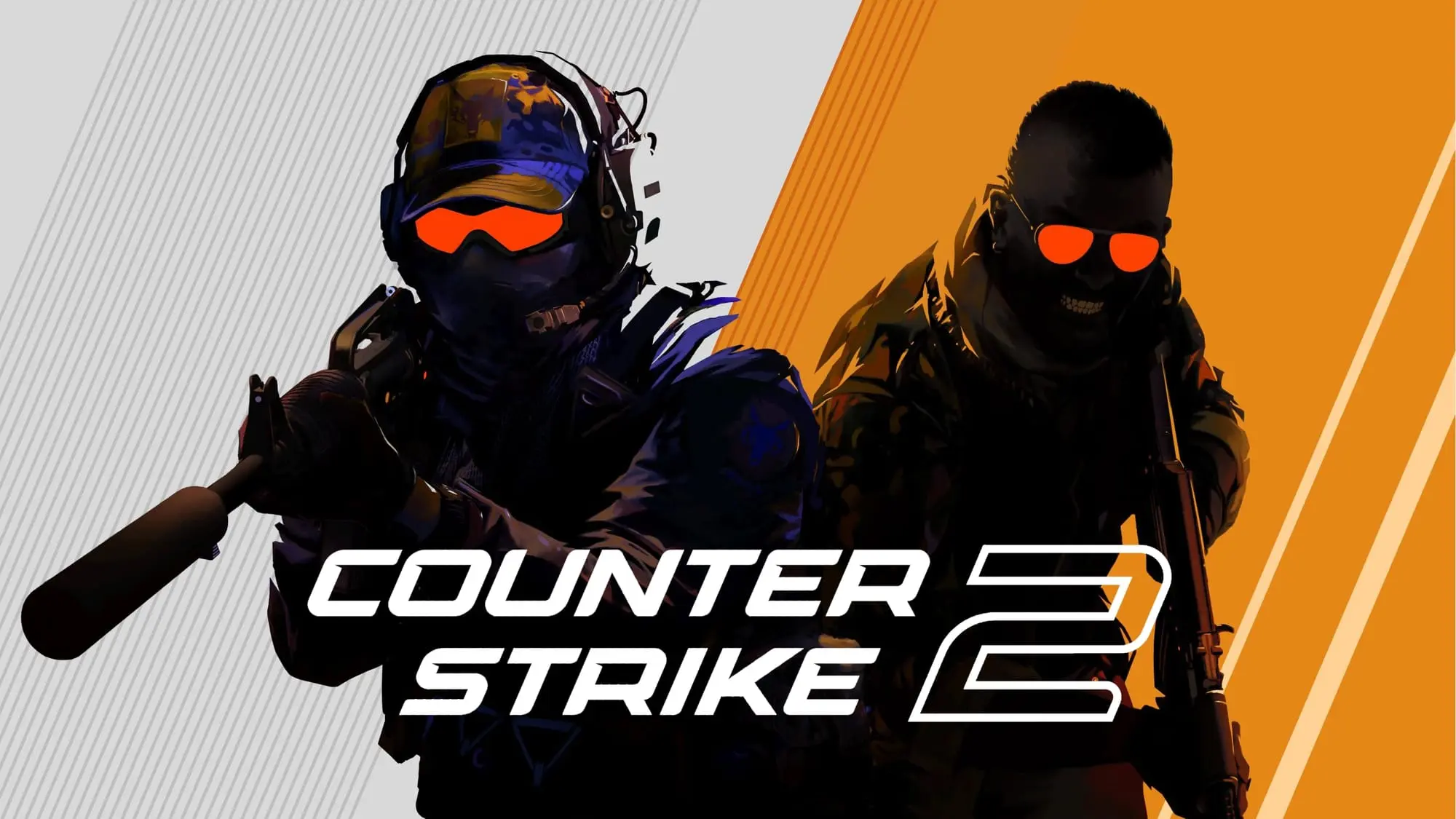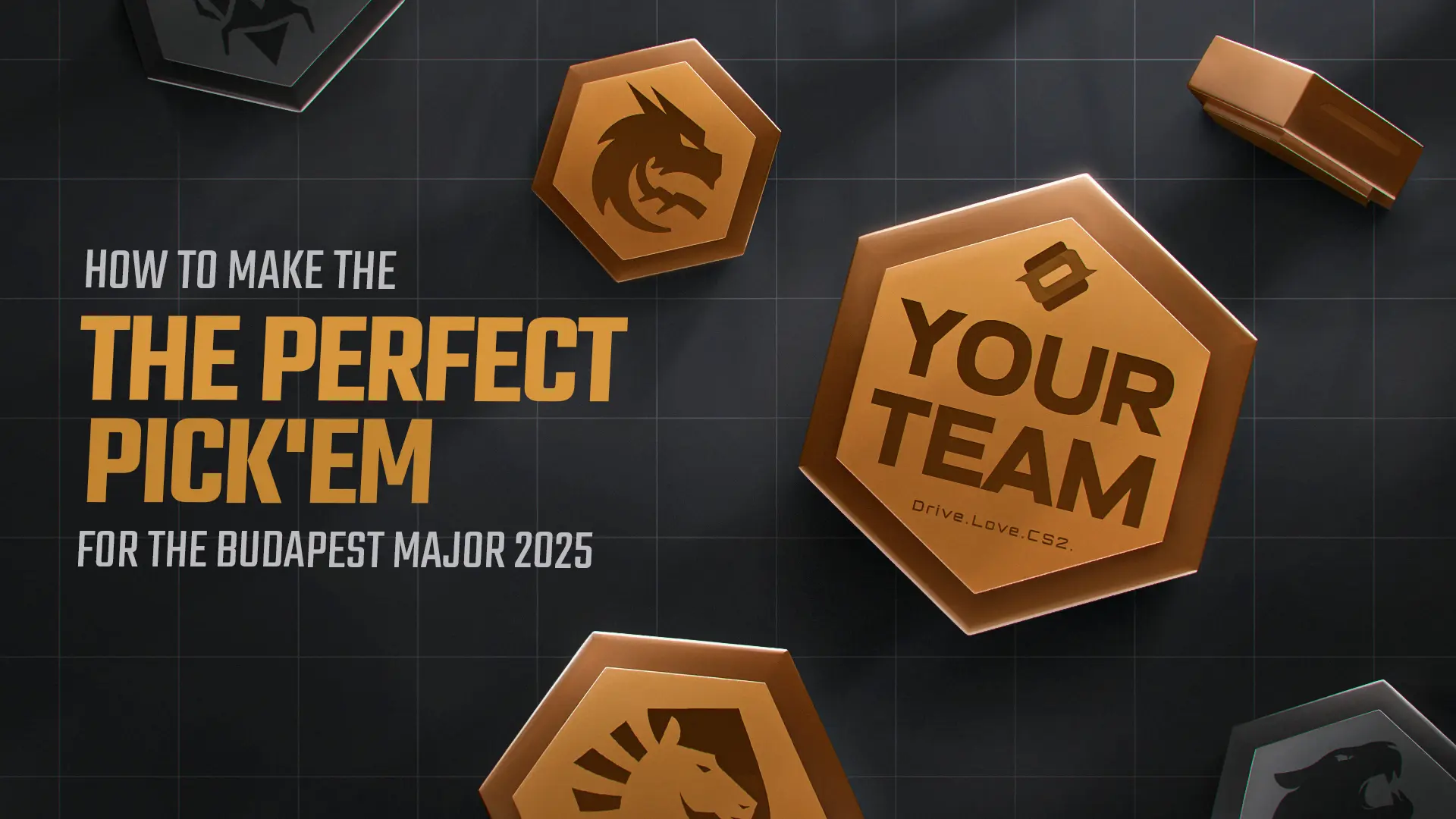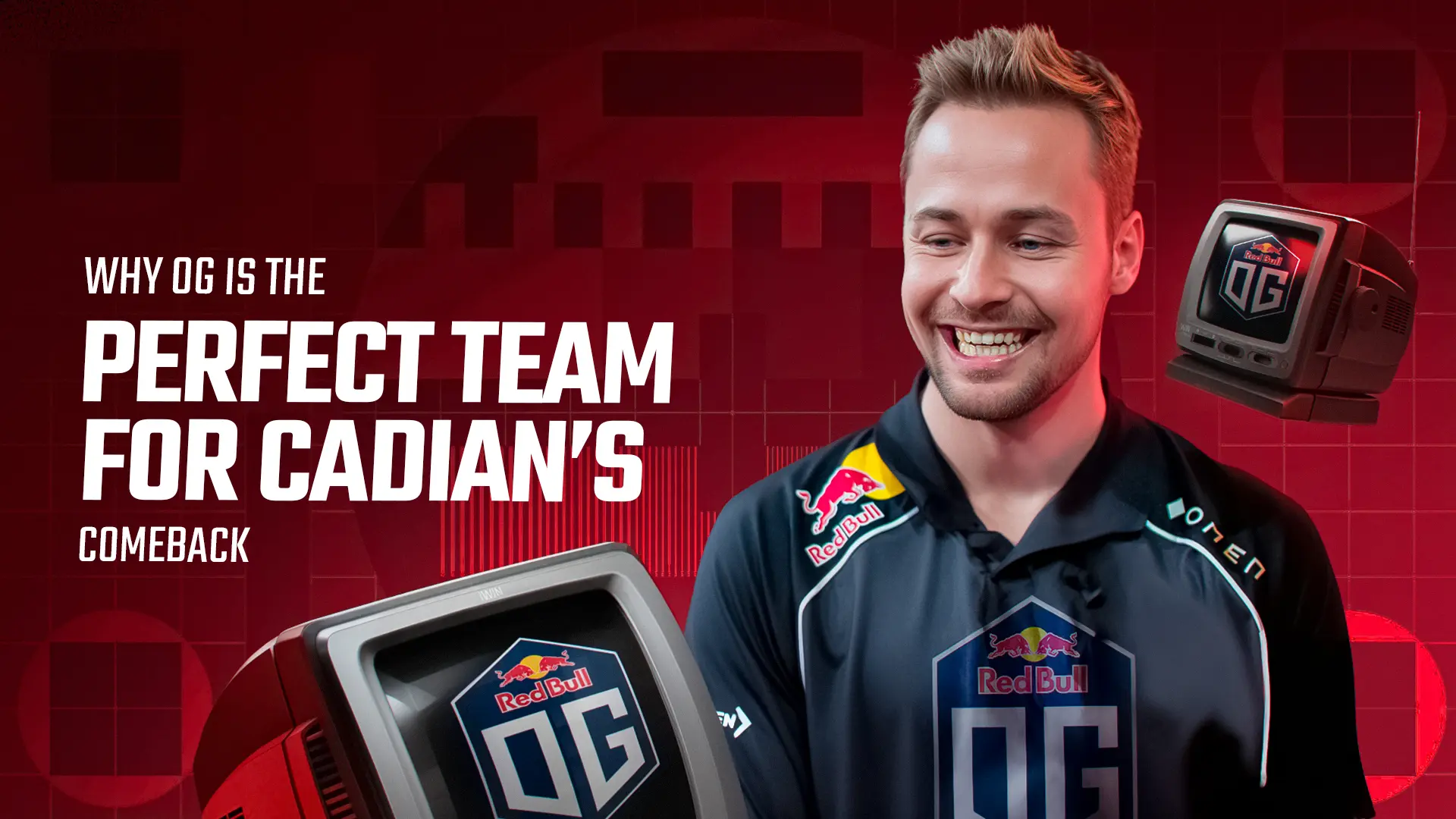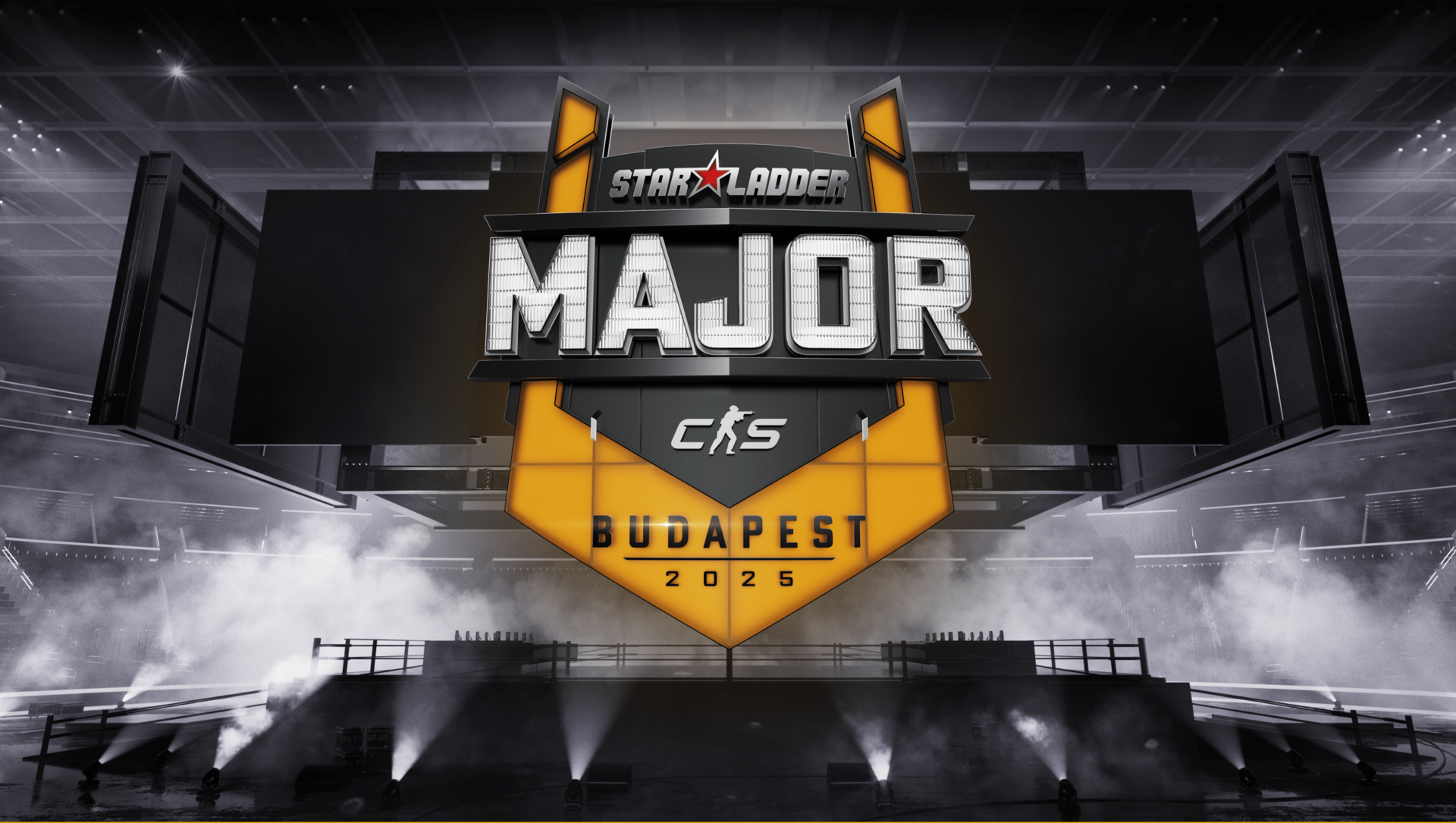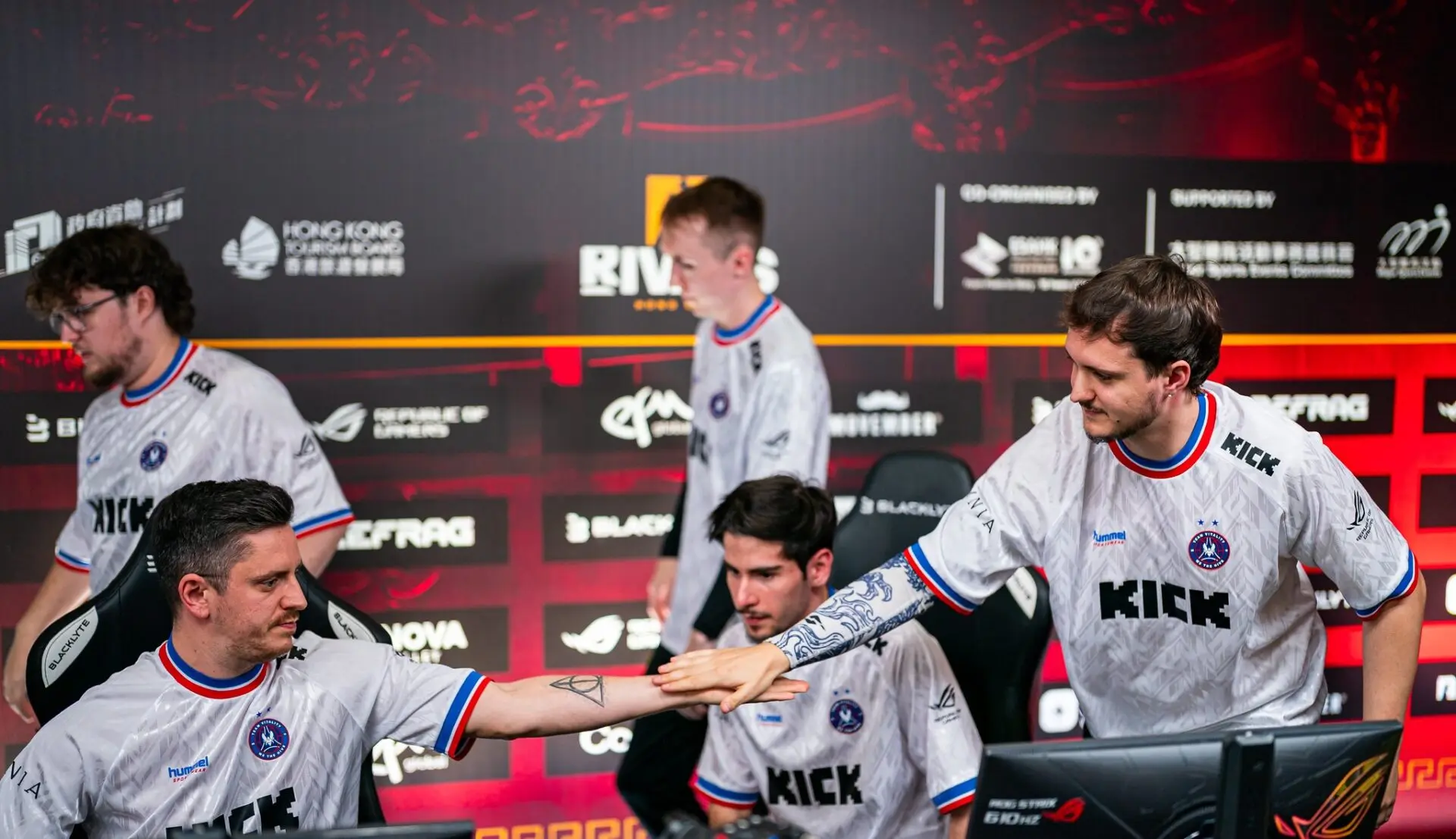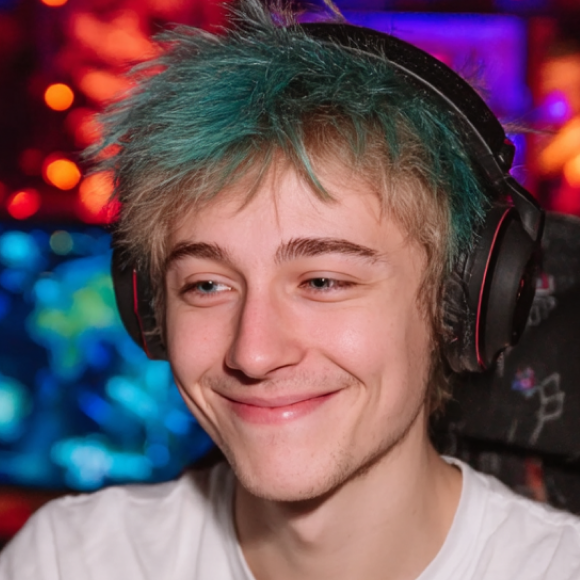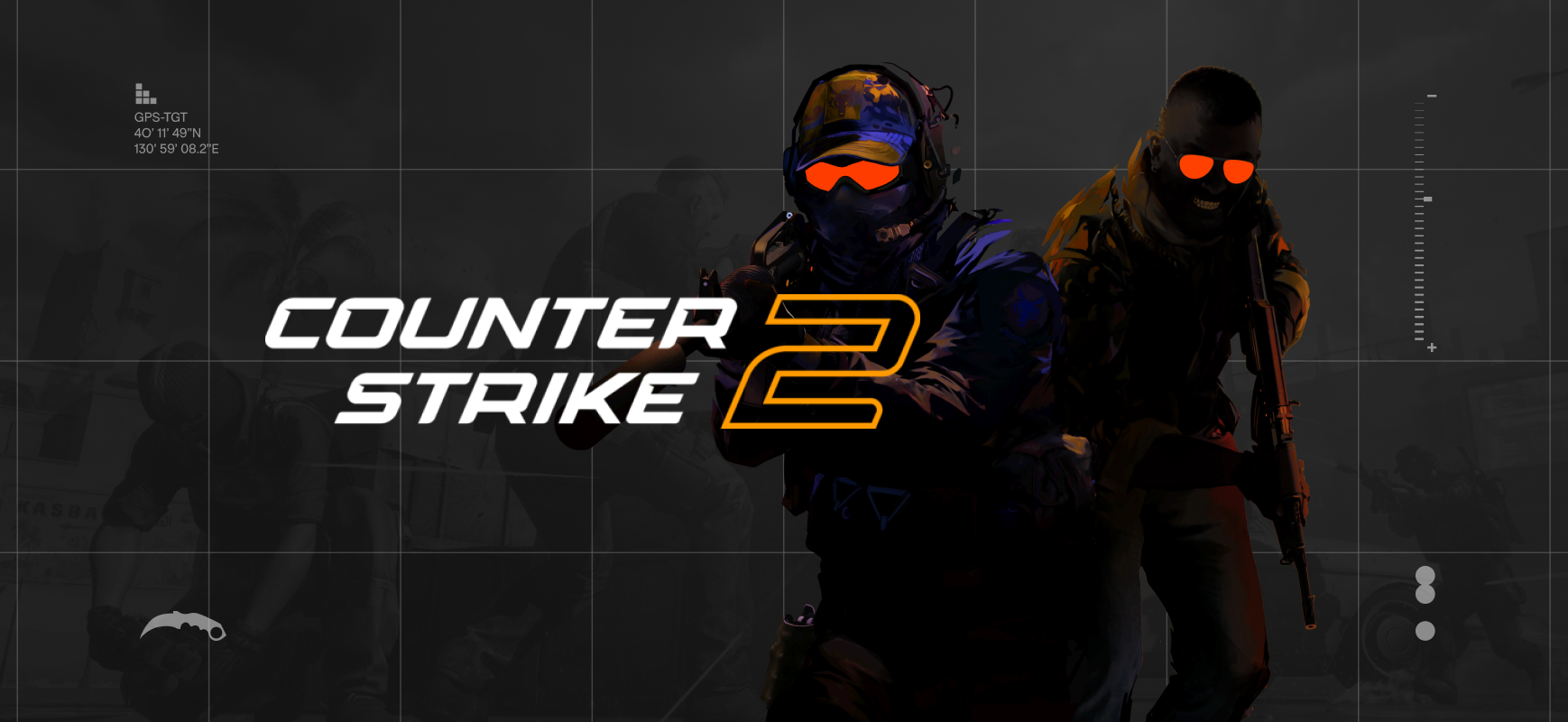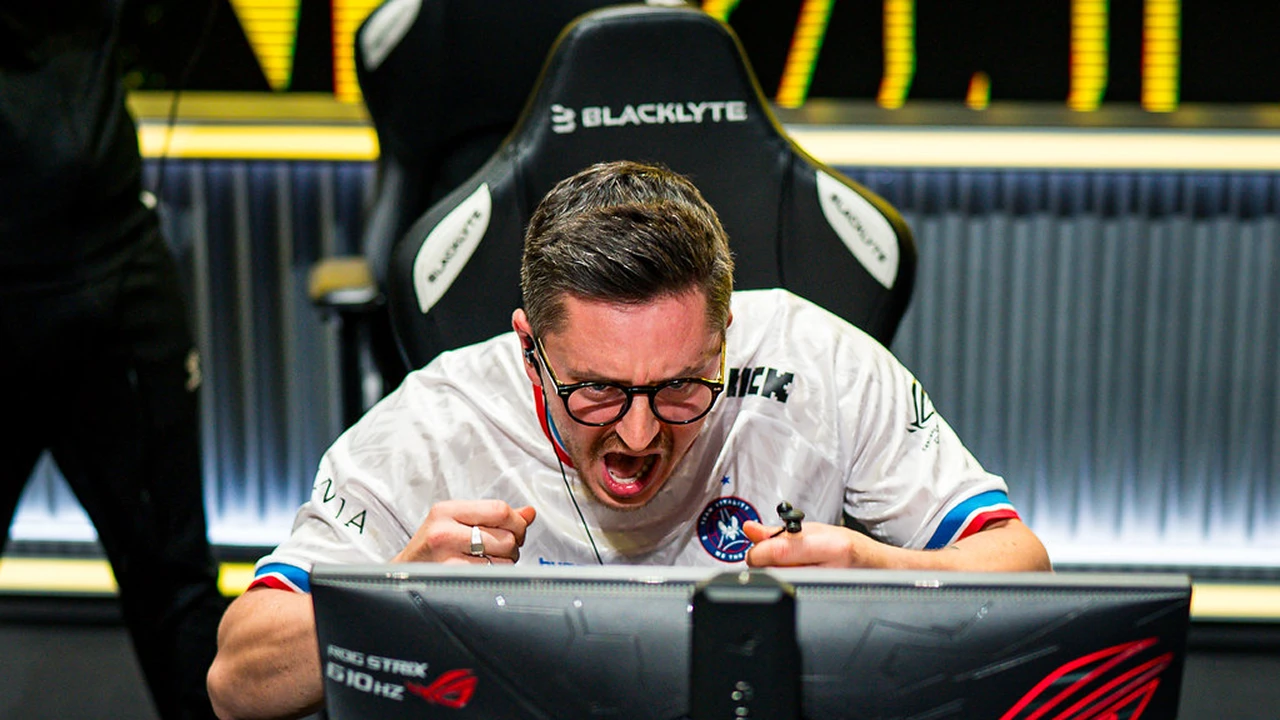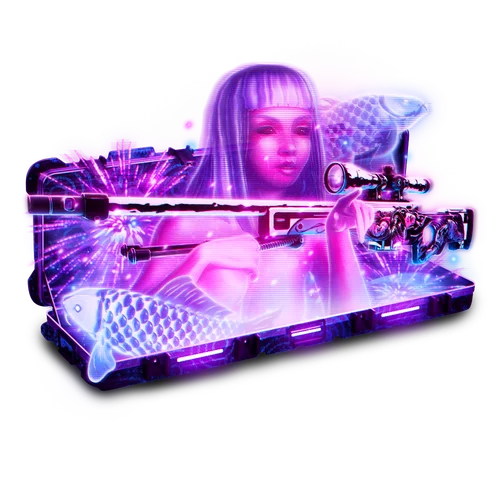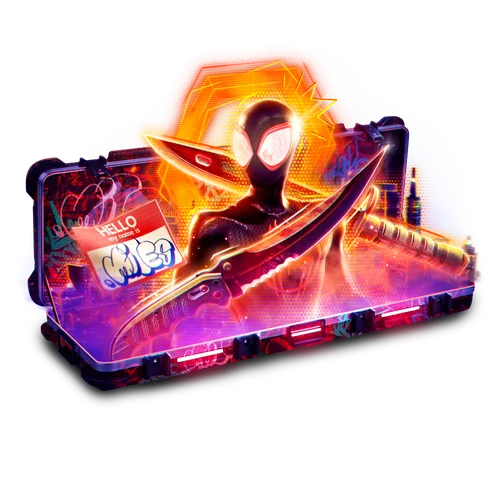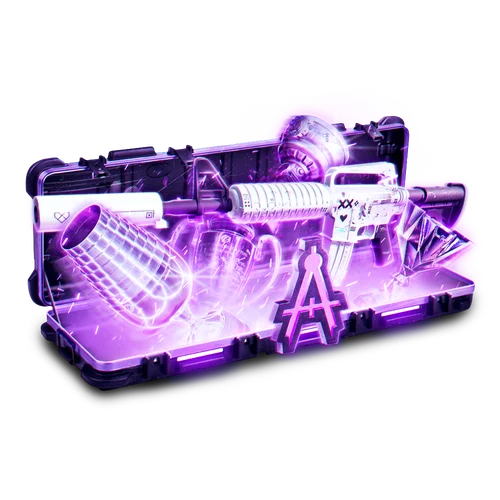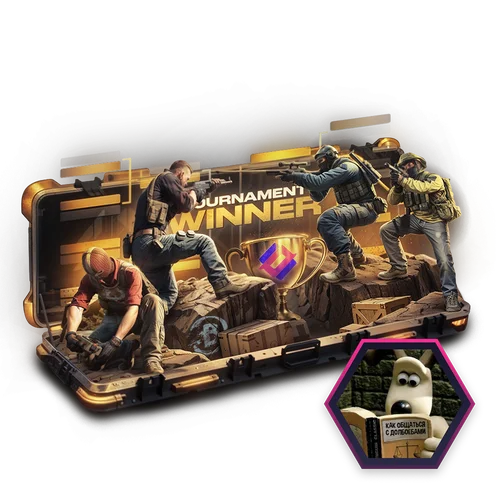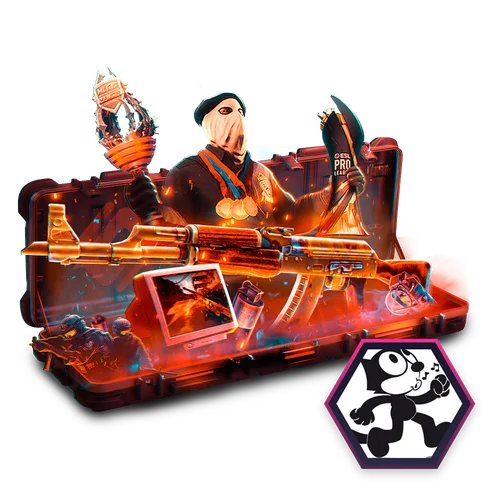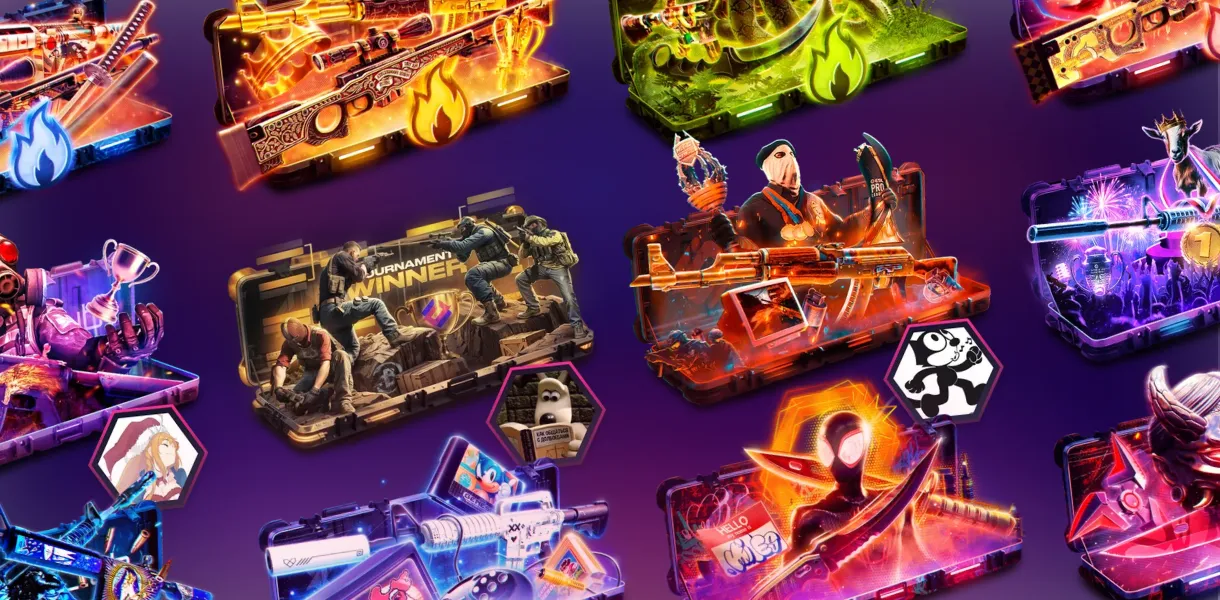On November 8, 2025, HLTV announced three new inductees into the Counter-Strike Hall of Fame: Ukraine’s Yegor “markeloff” Markelov, Sweden’s Olof “olofmeister” Kajbjer, and Brazil’s Rafael “cogu” Camargo.
Three players from three different regions, three different eras, and even three different versions of the game. Yet their stories intersect in one place: they all turned Counter-Strike from just a competitive title into a global phenomenon built on heroes, style, and identity.
On January 10, 2026, in Belgrade, during the HLTV Awards, all three will receive engraved Rolex “Hall of Fame” watches, permanent Hall of Fame profiles, and dedicated content that immortalizes their careers. They join HeatoN, Potti, f0rest, and GeT_RiGhT — forming an exclusive club of seven players who defined what it means to be legendary in Counter-Strike.
Yegor “markeloff” Markelov — The AWPer Who Broke CS 1.6
Yegor Markelov was born on February 12, 1988, in Dnipro, Ukraine. Like many players of his generation, he didn’t start out with dreams of becoming a global esports icon. Early on, he played in local CIS mixes and semi-pro teams such as A-Gaming, grinding through small tournaments and internet cafés before esports had real structure or money.
read more
The first real turning point came when he joined DTS.Chatrix and met Ivan “Johnta” Shevtsov. That lineup gave him international exposure and helped him develop the confidence to play his natural game on the biggest stages. One of his first significant offline experiences was “CyberMetel 2005”, where DTS reached the semifinals — a big result for a young Ukrainian team.
But the real story starts in late 2009, when he joined a brand-new project called Natus Vincere.
Building Na’Vi and Redefining the AWP
The original Na’Vi lineup — Zeus, Edward, starix, ceh9, and markeloff — became the face of CIS Counter-Strike almost overnight. But they didn’t just win; they changed the way the game was played.
At the heart of it all was markeloff with the AWP. Before him, most snipers played a more passive, anchor-style game: hold angles, take the safest duels, avoid unnecessary risks. markeloff flipped that logic on its head.
He took space instead of waiting for it. He pushed through smokes, played aggressively around trains, and executed lightning-fast flicks that left his opponents frozen on demos. His 1.22 K/D as a primary AWPer in 1.6 was absurd for the time — especially given the level of competition Na’Vi faced.
read more
The Golden Year
2010 was the year when everything clicked. Na’Vi didn’t just win one big event — they completed the triple crown:
- IEM IV World Championship (Hannover)
- ESWC 2010 (Paris)
- WCG 2010 (Los Angeles)
No team had ever done that in a single season. By the end of the year, Na’Vi had earned over $225,000 in prize money, surpassing the legendary SK and fnatic lineups of earlier eras.
HLTV named markeloff the best player in the world in 2010. His teammates starix and Edward also made the Top 5 — proof of how dominant that roster truly was.
Reinvention and an Honest Decline
Then CS:GO arrived. For many 1.6 legends, the new game was a second chance. For markeloff, it was something else — almost a new language. The AWP felt different, movement changed, timings and peeks weren’t the same. His ultra-aggressive style didn’t translate cleanly.
To his credit, he adapted by changing roles. After leaving Na’Vi in 2013, he joined Astana Dragons, then HellRaisers, and finally FlipSid3 Tactics, where he took on more of a rifler/support role. Even without his signature AWP dominance, he kept qualifying for Major after Major — twelve in a row at the start of CS:GO’s Major history.
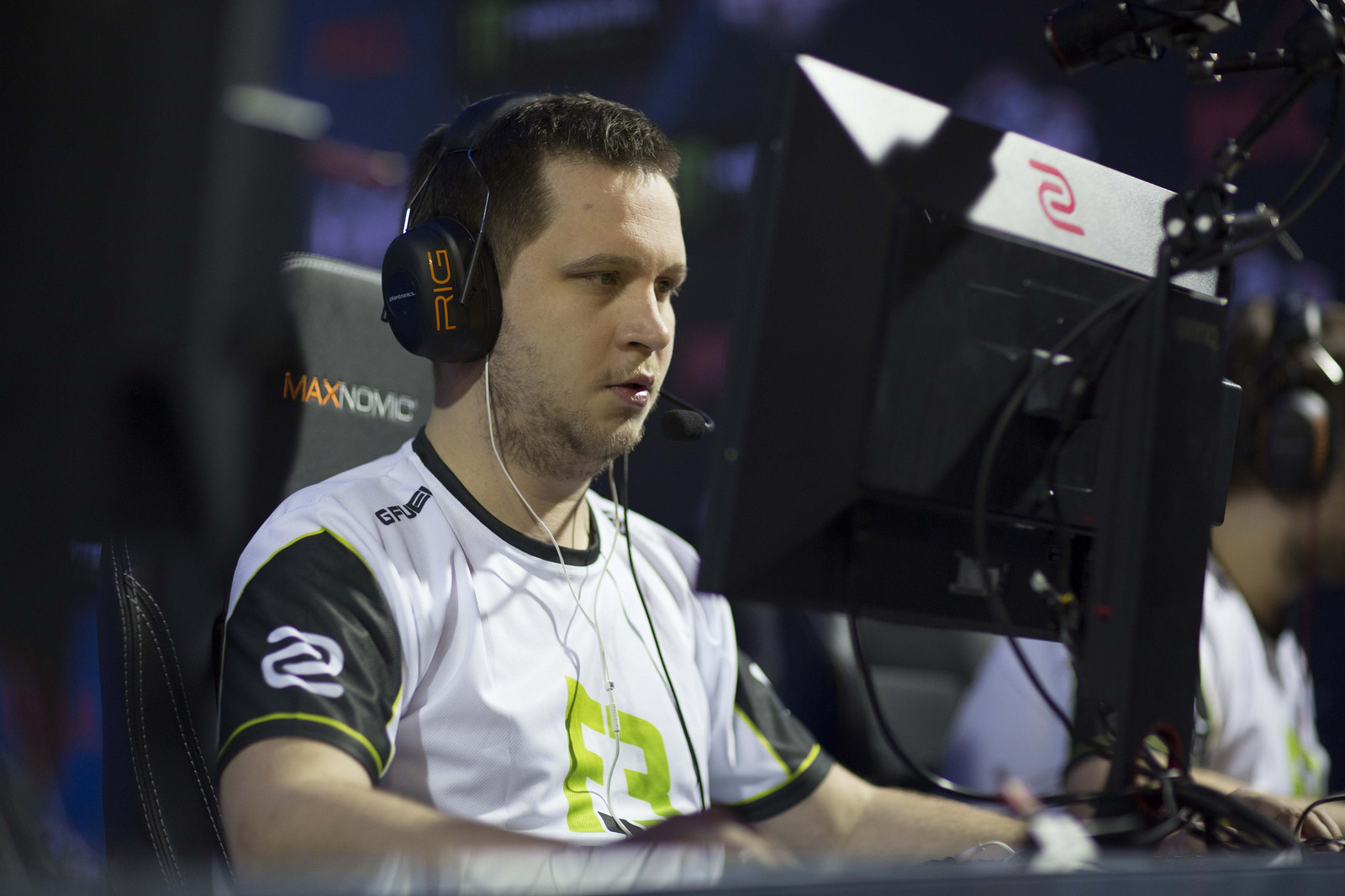
In 2018, he quietly stepped away from pro play. Then, in 2024, he made a brief, emotional comeback as a stand-in for FAVBET Team, winning a match after six years away. It wasn’t about statistics anymore — it was about closure, nostalgia, and a reminder of just how long his name had mattered.
read more
Why He Belongs in the Hall of Fame
markeloff is remembered not for a single play, but for an entire era. For many CIS fans, he was the first true superstar. Without him, Na’Vi might never have become the global brand they are now. His AWP set the standard for a generation, and his golden year in 2010 remains one of the most dominant individual seasons in CS history.
Olof “olofmeister” Kajbjer — From Broken Knee to CS:GO’s Global Icon
Olof Kajbjer’s story begins with a different sport. As a child in Sweden, he was obsessed with football. By his early teens, he was good enough that a semi-professional future didn’t seem unrealistic. Then came the turning point.
At 15, he suffered a severe knee injury. A specialist in Stockholm told him he wouldn’t be able to play football for a year. For a teenager whose identity revolved around the sport, it felt like a door slamming shut.
That night, frustrated and angry, he sat down at his PC and launched Counter-Strike. What started as a way to fill a void slowly became something else — a new purpose.
Climbing Through the Swedish Scene
Before the world knew his name, olofmeister was grinding in under-the-radar Swedish teams like RG-Esports and a2g. He had talent, but the scene was stacked with stars: f0rest, Gux, GeT_RiGhT, and others already dominated the spotlight.
His first real platform came with LGB eSports in 2013. That lineup — with dennis, KRIMZ and company — wasn’t winning everything, but they were dangerous. It was LGB that gave olof his first taste of Major-level competition at DreamHack Winter 2013 and showed tier-one teams what he was capable of. Fnatic was watching.
read more
The Fnatic Era — 2015’s Undisputed King
In June 2014, olofmeister and KRIMZ joined Fnatic, forming what would become one of the most terrifying rosters in Counter-Strike: JW, flusha, pronax, KRIMZ, and olofmeister.
Over the next two years, they didn’t just win — they defined the early CS:GO era.
In 2015, Fnatic:
- Won ESL One Katowice 2015 Major
- Won ESL One Cologne 2015 Major
- Lifted multiple premier trophies (ESL ESEA Pro League, FACEIT Stage 3, DreamHack Winter, etc.)
HLTV crowned olofmeister the best player in the world in 2015. His rating, MVPs, and consistency were elite, but what made him stand out was his versatility. He could lurk, entry, clutch, or play anchor — whatever the team needed, he did, and he often did it better than anyone else.

Two Graffitis and an Unshakeable Legacy
Some players are remembered for trophies. olofmeister is remembered for moments as well.
“Burning Defuse” — at ESL One Cologne 2014, he defused a bomb on Overpass while standing in a molotov, surviving with a sliver of HP. The timing was so absurd that Valve immortalized it with graffiti.
“Olofboost” — during DreamHack Winter 2014, Fnatic used a now-infamous pixel boost on Overpass, allowing olof to see enormous portions of the map. It led to a huge comeback against LDLC and one of the biggest controversies in CS:GO history. The incident eventually forced a rematch decision, after which Fnatic withdrew from the tournament entirely.
read more
Even with the controversy, the fact remains: olof was at the center of some of the most iconic, era-defining plays CS:GO ever saw. Valve gave him two graffitis on the same map — a distinction no one else has.
Reinventing Himself in FaZe
In 2017, he joined the FaZe Clan superteam. With NiKo, rain, GuardiaN, and karrigan, he formed one of the most individually stacked lineups ever assembled. They dominated many events, winning ESL One New York 2017, ELEAGUE Premier 2017, ECS S4, EPICENTER 2018, and more.
But the Major remained elusive. The closest they came was ELEAGUE Boston 2018, where FaZe lost a heartbreaking overtime Grand Final to Cloud9 on Inferno — one of the greatest matches in CS:GO history.
Over time, olof transitioned from superstar carry to reliable support and clutch player. That shift in role, accepted without ego, showed the depth of his professionalism.
Stepping Back Without Really Leaving
By 2020–2021, burnout and motivation issues forced him to the bench. Yet he never truly left the scene. FaZe kept him under contract as a content creator, he streamed occasionally, and his name remained synonymous with CS:GO’s golden age.
His career prize money sits just under $1 million, but his real legacy is less tangible: he represents the point where Counter-Strike fully crossed into mainstream esports culture.
read more
Rafael “cogu” Camargo — The Father of Brazilian Counter-Strike
Long before Brazilian CS became a global powerhouse, before back-to-back SK Majors, before coldzera’s jumping AWP, there was Rafael “cogu” Camargo.
Born on April 19, 1985, cogu entered esports at a time when Brazilian infrastructure, sponsorship, and visibility lagged far behind North America and Europe. Despite that, he forced the world to take notice.
He joined g3x in the early 2000s — a roster built by Gaules that would go on an almost mythical unbeaten streak within Brazil. From late 2001 to 2003, g3x barely lost domestically, crushing local competition and representing Brazil at events like the World Cyber Games.
For Brazilian fans, cogu wasn’t just another player. He was proof that their region belonged on the world stage.
From g3x to mibr — and to the Top of the World
By the mid-2000s, cogu’s name was already feared internationally. His next big chapter came with mibr (Made in Brazil) — the organization that would later inspire an entire generation of players.
The defining moment of that era was DreamHack Winter 2007. mibr, loaded with talent but far from favorites, had to grind through a BYOC qualifier just to reach the main event. They played on rented PCs, cramped together in a too-small booth. Ton, one of the players, was forced to use his keyboard on his lap.
From those scrappy conditions, they went on a miracle run and reached the final against fnatic — led by none other than f0rest. mibr destroyed them 16–6, winning the title and $52,000, one of the biggest single paydays in CS 1.6 history at the time. For Brazil, this wasn’t just a victory — it was a declaration: we belong here.
read more

The “cogu Spot” and Timeless Influence
One of cogu’s most famous rounds took place on Inferno. With a pistol in hand and a boost onto an off-angle position, he secured multiple headshots and completely shut down an attack. That boost location became known in Brazil simply as “cogu”. Years later, even the Luminosity/SK core that would win CS:GO Majors still used the same call.
That’s how deep his impact runs: a single player turning a small part of a map into a named landmark across multiple eras.
His AWP was ruthless. Many rank him in the top three AWPers of CS 1.6 history, and FalleN himself has said he’d choose cogu for his all-time Brazilian superteam. [In one interview, FalleN also included cogu in his “dream team” of the past decade, emphasizing that cogu was the foundation of the entire Brazilian Counter-Strike school.] Without him, the later rise of Brazilian Counter-Strike might never have happened.
Struggles in CS:GO and a Different Kind of Legacy
Unlike some other 1.6 legends, cogu never fully transitioned to CS:GO at the top level. He tried — attending events like DreamHack and ESWC in the early 2010s, experimenting with lineups, even dipping into CS:Source during the CGS era. But the stars never aligned the way they did in 1.6.
read more
Instead, his legacy shifted from that of a competitor to that of a symbol and mentor. He coached, streamed, and remained a visible figure in the Brazilian community.
When HLTV announced his Hall of Fame induction, he was live on stream. His reaction — pure shock, followed by him calling out “mom” and going to tell her the news — instantly went viral. It was a reminder that underneath the legendary highlight reels is a human being who carried an entire region’s hopes on his back.
Why These Three, and Why Now?
Each of these Hall of Famers represents a specific piece of Counter-Strike history:
- markeloff — the golden age of CS 1.6 and the birth of CIS dominance.
- olofmeister — the explosive rise of CS:GO, where skill, star power, and spectacle collided.
- cogu — the emotional, underfunded, but unstoppable beginning of Brazilian Counter-Strike.
Their careers share common threads: Early hardship. Rapid ascent. Moments where they bent the game around their own style. And later years where they had to adapt, reinvent, or accept that their era at the top had passed — without their names ever truly disappearing.
On January 10, 2026, in Belgrade, when they receive their Hall of Fame Rolexes and step onto the HLTV Awards stage, it won’t just be about trophies. It will be about acknowledging the stories behind those trophies — the injuries, the role changes, the region-building, and the thousands of hours that turned three kids with a mouse and keyboard into global legends. Counter-Strike has always been about more than aim. It’s about the people who shaped its identity. And cogu, olofmeister, and markeloff did exactly that.






























